During a recent visit to Beijing, when asked what major he would pursue if he were a 22-year-old college graduate in 2025, Jensen Huang replied that he would choose physical sciences , rather than software science.
Huang revealed that he actually graduated from university at the age of 20 and that if he were “young Jensen” today, he would be inclined towards research fields such as physics, chemistry, astronomy and Earth science – fields under the “physical science” branch that specializes in studying the inanimate world .
Jensen Huang received his BA in electrical engineering from Oregon State University in 1984 and his MS in electrical engineering from Stanford University in 1992.
A year later, he co-founded Nvidia with two colleagues at a Denny's diner in California. More than 30 years later, the company he runs has surpassed Apple and Microsoft to become the world's most valuable company, reaching the $4 trillion mark last week.
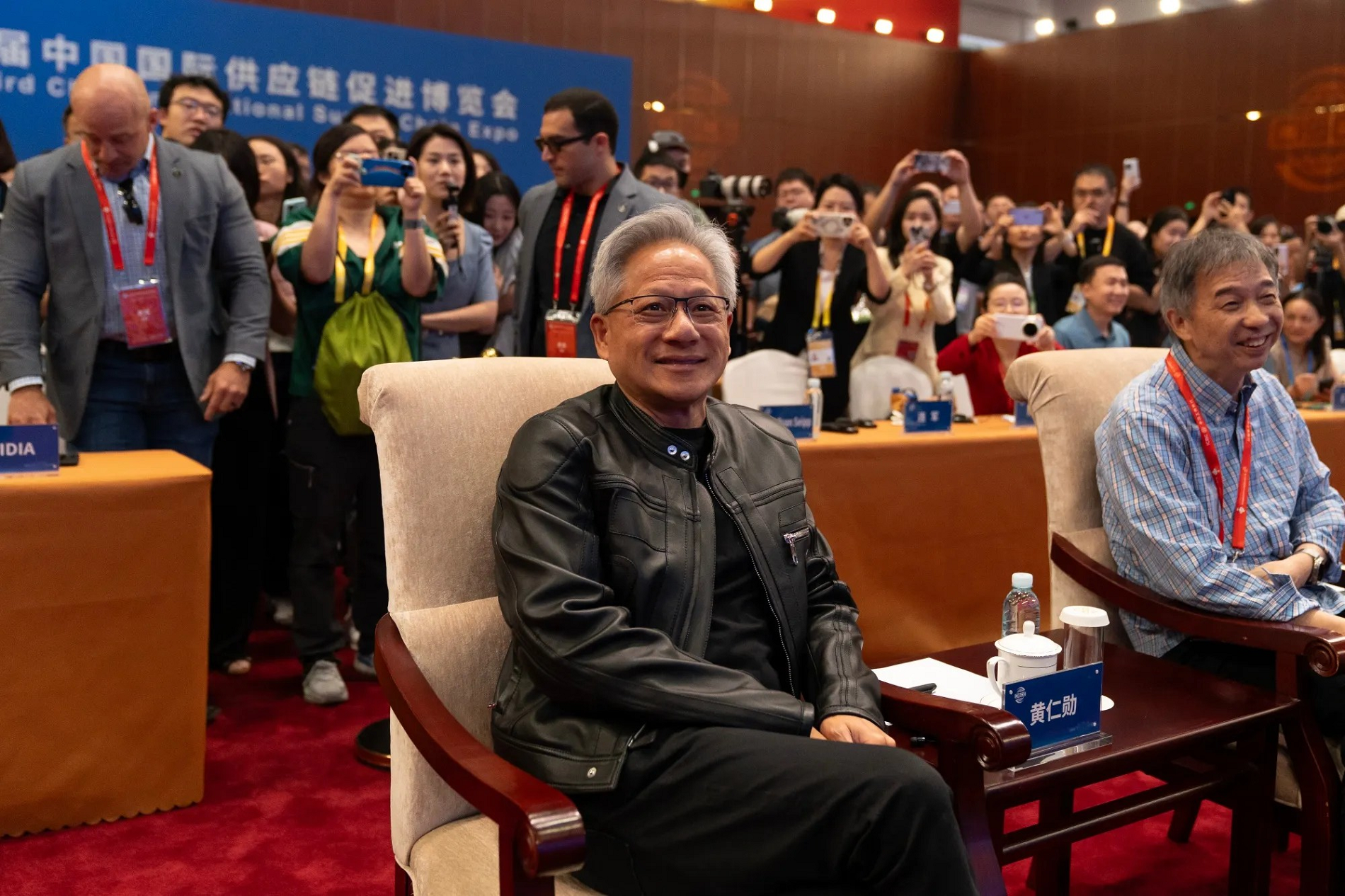
While not explicitly stating why he would choose physics if he were in his 20s, Huang recently emphasized the importance of “physical AI” – the next wave of artificial intelligence.
The New Wave of AI: From Cognitive to Reasoning and Physics
At The Hill & Valley Forum in April, Nvidia CEO explained that AI has gone through many stages of development, including: Perception AI, which began to emerge about 12 years ago with the AlexNet model that marked a breakthrough in image recognition; Generative AI, which is the current stage where AI can understand and create content such as text, images, language and programming; Reasoning AI, AI that can reason and solve unprecedented problems - the foundation for "digital robots" or "agents" being developed by Microsoft, Salesforce and many other companies.
But the next wave, he says, is physical AI – where AI is able to understand physical laws like friction, inertia, cause and effect, and concepts like “locating objects without seeing them.”
The applications of physical AI are very practical: predicting the trajectory of objects, controlling the gripping force in a robot hand, or detecting pedestrians hidden behind a car. When this technology is integrated into physical robots, we will enter the era of robotization of production.
“Physical AI when put into robots will create truly intelligent robots, and that is extremely important now when we are building a series of new factories across the US,” Huang said.
With a global labor shortage, he believes that intelligent robots will be the digital workforce of the future, helping to operate factories, production lines and many other industrial sectors efficiently and sustainably.
The message from Nvidia's head is clear: If the new generation of students wants to stay ahead of the curve, consider physics – the foundation of the next generation of AI and the key to unlocking the future of robotics and global industry.
(According to CNBC)
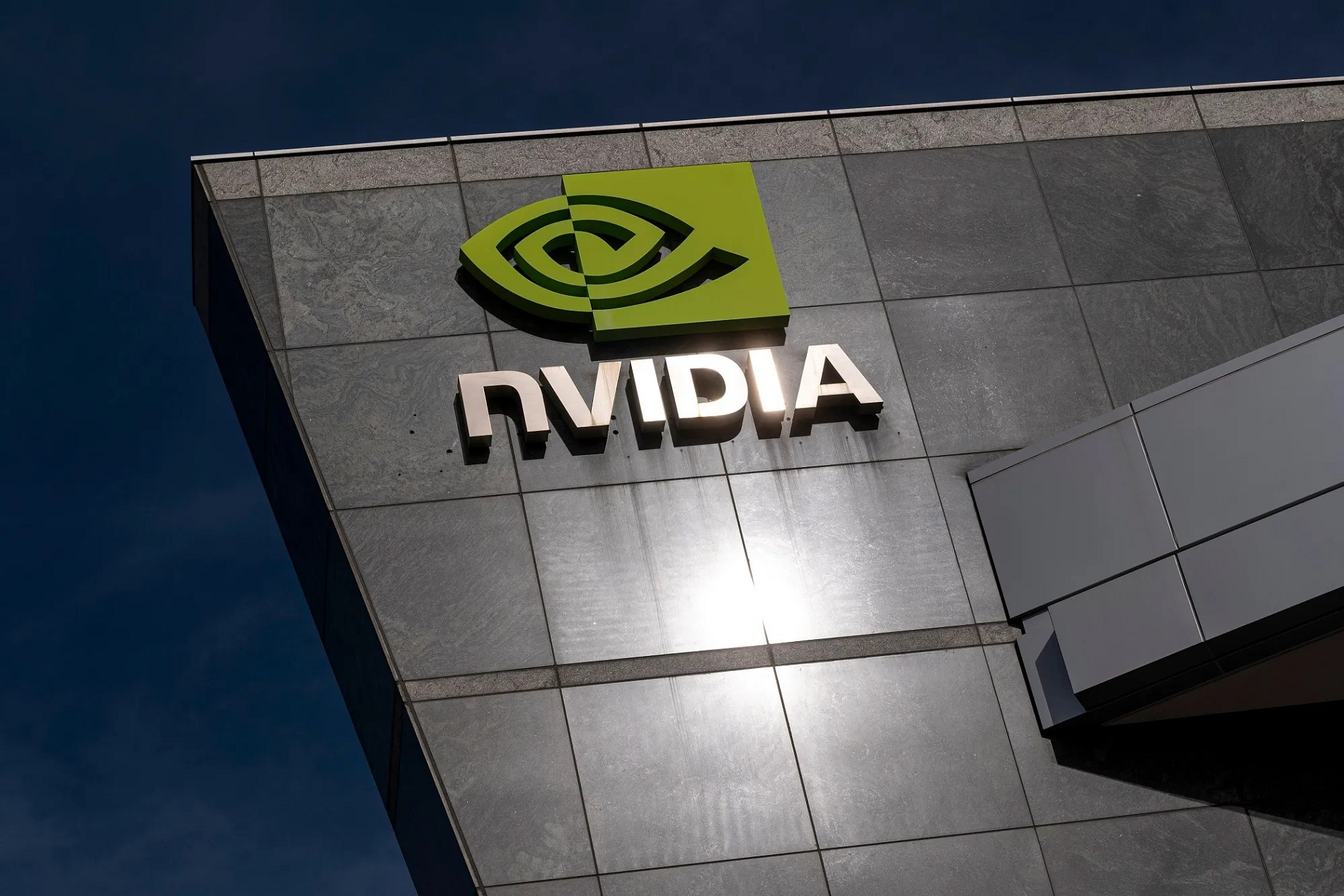
Source: https://vietnamnet.vn/ceo-nvidia-vua-goi-y-nganh-hoc-cuc-hot-cho-si-tu-2k7-2423105.html


![[Photo] General Secretary To Lam receives the Director of the Academy of Public Administration and National Economy under the President of the Russian Federation](/_next/image?url=https%3A%2F%2Fvphoto.vietnam.vn%2Fthumb%2F1200x675%2Fvietnam%2Fresource%2FIMAGE%2F2025%2F12%2F08%2F1765200203892_a1-bnd-0933-4198-jpg.webp&w=3840&q=75)





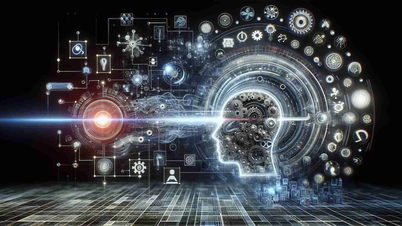

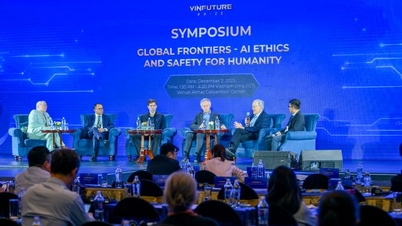

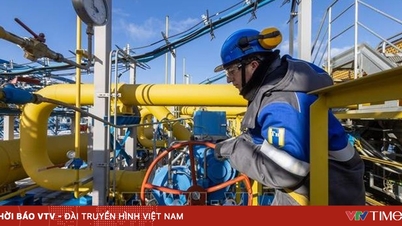

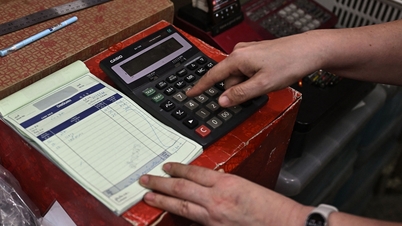

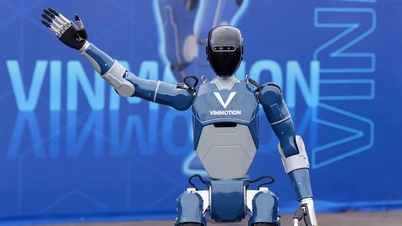



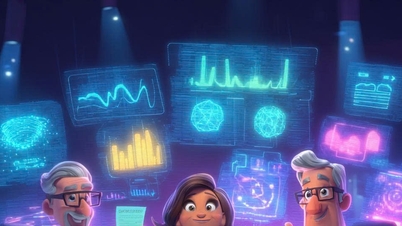
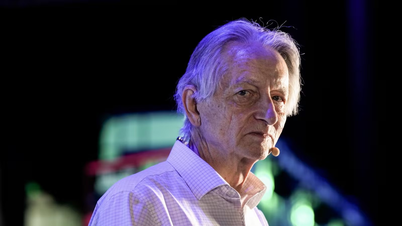

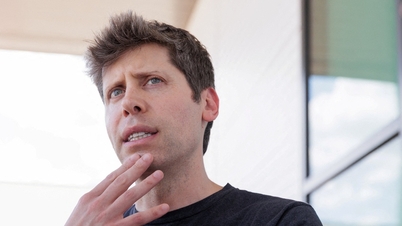
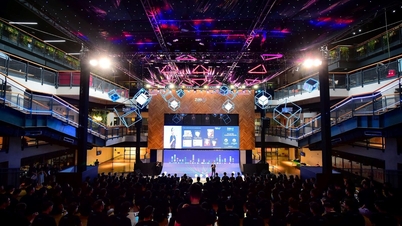






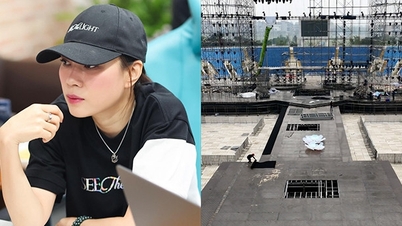





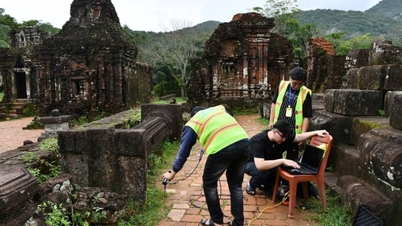










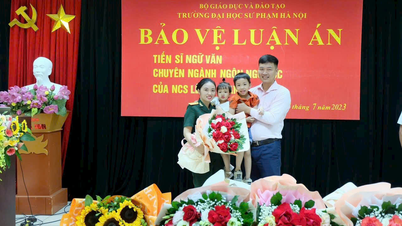


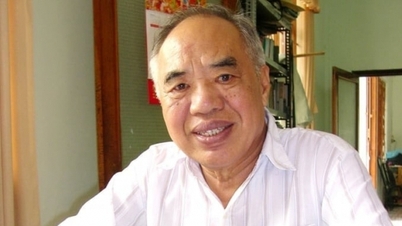



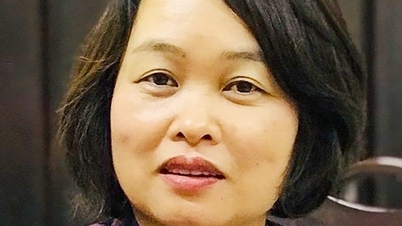

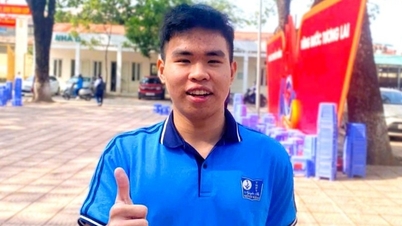
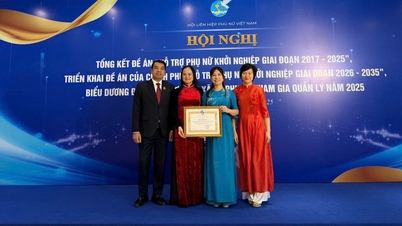



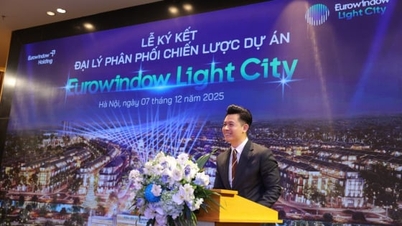











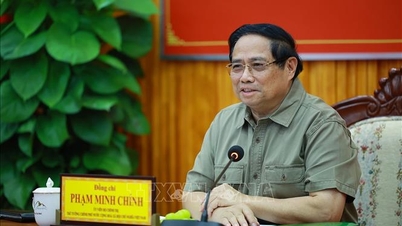

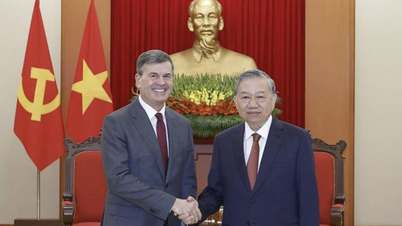


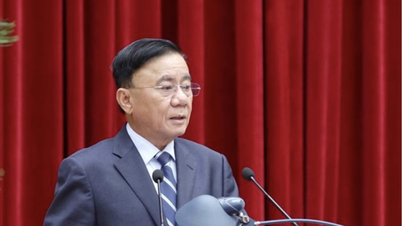


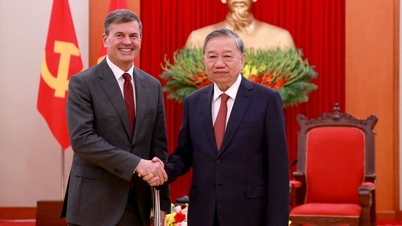


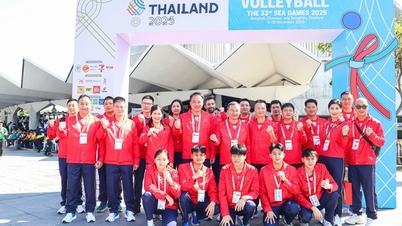
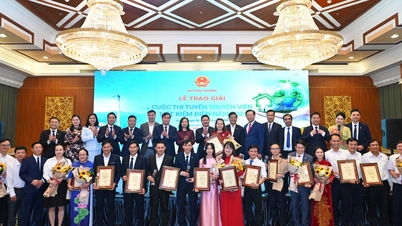


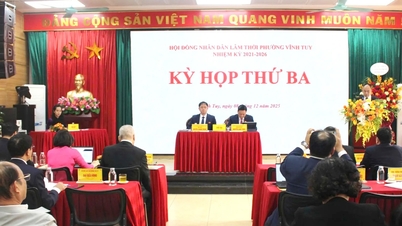
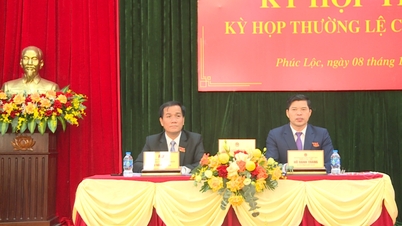


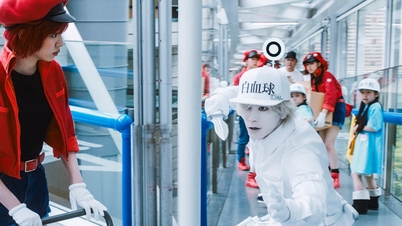

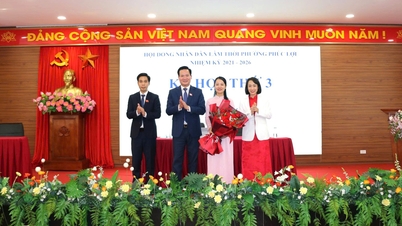
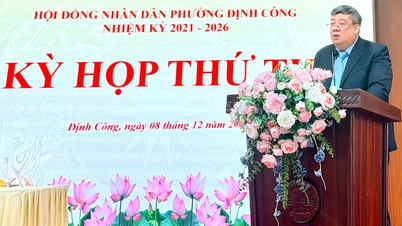

















Comment (0)